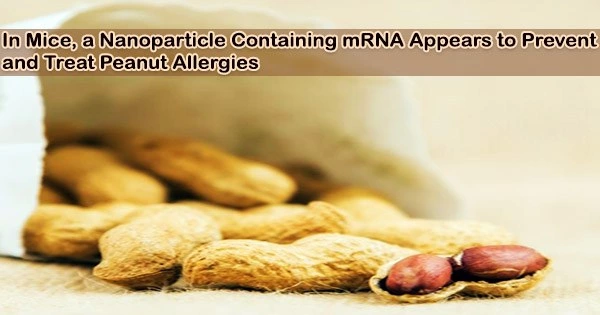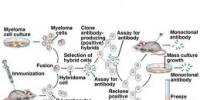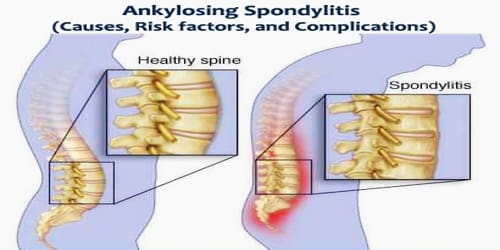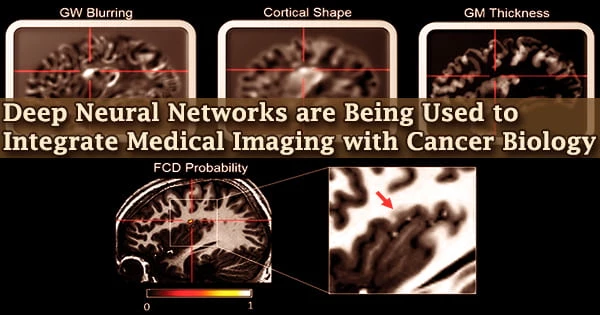Peanut allergies are a serious and potentially life-threatening condition. Currently, there is no known cure for peanut allergies, but there are several treatments and management strategies that can be used to reduce the risk of a severe allergic reaction. Peanut allergies affect one out of every fifty children, and the most severe cases result in a potentially fatal immunological reaction known as anaphylactic shock.
There is now just one licensed medicine that decreases the intensity of an allergic reaction, and it takes months to take effect. A team of UCLA immunologists hopes to change that.
They developed a first-of-its-kind nanoparticle that delivers mRNA to particular cells in the liver, drawing inspiration from COVID-19 vaccinations as well as their own study on the disease. Those cells, in turn, teach the body’s natural defenses to tolerate peanut proteins.
In mouse tests, the nanoparticle not only reversed but also prevented the development of peanut allergies. The study was published in the journal ACS Nano.
“As far as we can find, mRNA has never been used for an allergic disease,” said Dr. André Nel, the paper’s co-corresponding author, a UCLA distinguished professor of medicine and director of research at the California NanoSystems Institute at UCLA. “We’ve shown that our platform can work to calm peanut allergies, and we believe it may be able to do the same for other allergens, in food and drugs, as well as autoimmune conditions.”
The researchers focused on the liver for two reasons: First, because it is constantly blasted with foreign chemicals, especially allergens, the organ is trained not to respond to every challenge. Second, the organ contains antigen-presenting cells, which gather foreign proteins and teach the immune system to tolerate them rather than fight them when they are recognized.
The study builds on two previous advances from Nel and his colleagues. In 2021, they found that a nanoparticle delivering a carefully selected protein fragment, called an epitope, to the liver reduced symptoms of dangerous egg allergy in mice.
As far as we can find, mRNA has never been used for an allergic disease. We’ve shown that our platform can work to calm peanut allergies, and we believe it may be able to do the same for other allergens, in food and drugs, as well as autoimmune conditions.
Dr. André Nel
The next year, they discovered one epitope that, when administered to the liver through a nanoparticle, relieved peanut allergies in mice. These epitopes are considered to be safer as part of a treatment because they exclude the component of the peanut or egg protein that causes allergies.
“If you’re lucky enough to choose the correct epitope, there’s an immune mechanism that puts a damper on reactions to all of the other fragments,” said Nel, who also directs the University of California’s Center for Environmental Implications of Nanotechnology, or CEIN. “That way, you could take care of a whole ensemble of epitopes that play a role in disease.”
The researchers improved on their prior nanoparticle design by including a sugar molecule on its surface that particularly attaches to antigen-presenting cells. Using mRNA was another step forward.
In the upgraded nanoparticle, the investigators designed part of the mRNA payload to encode the selected epitope or epitopes in this case, the peanut protein fragment identified in a previous study the same way that mRNA vaccines for SARS-CoV-2 encode the entire spike protein of the virus.
Using mRNA makes loading the nanoparticle easier and eliminates the complexities that occur with including more than one epitope, which may broaden the spectrum of applicability. For instance, multiple epitopes might be needed to address certain other allergies, or multiple allergies.
Six mice were given the improved nanoparticle in two doses a week apart to see if it would prevent peanut allergies. Another group of six mice got a nanoparticle with the same mRNA payload, but with no targeting sugar on its surface; six other mice got the upgraded nanoparticle but with mRNA inside that didn’t code for any protein or epitope; and a third group of six got no nanoparticle at all.
They offered the animals a crude peanut protein extract one week after the second dosage to sensitize them to peanut allergens. A week later, they gave the mice peanut protein to induce anaphylactic shock.
Mice given the updated nanoparticle had milder symptoms than those given a nanoparticle with no targeting sugar, whereas the control group received no treatment and the group given a targeted nanoparticle with noncoding mRNA had more severe symptoms.
The researchers repeated the experiment, but this time they changed the order of events so that mice became sensitized to peanut protein before getting the nanoparticle. Again, the improved nanoparticle outperformed a comparable one lacking the targeting sugar, and both produced considerably fewer symptoms than the researchers observed in mice given no therapy or a nanoparticle containing noncoding mRNA.
The scientists evaluated the quantities of certain immune cells, as well as antibodies, enzymes, and cytokines, in both iterations of the experiment, which proved that the enhanced nanoparticle had boosted the animals’ tolerance for peanut protein.
Nel believes that if additional lab investigations are successful, the nanoparticle might be in clinical trials within three years. (His lab will soon begin the regulatory process that’s required to test the approach for peanut allergies in clinical trials.) He added that substituting an mRNA payload coding for different epitopes opens up the potential to adapt the nanoparticle for other allergies and autoimmune disorders.
The researchers are investigating whether the nanoparticle could be used to treat type 1 diabetes, a disorder in which the immune system assaults pancreatic cells that allow the body to obtain energy from meals. Other researchers have already identified important epitopes from the proteins that trigger the immune attack in diabetes.
The study’s co-first authors are Xiao Xu, a UCLA postdoctoral scholar, and Dr. Xiang Wang, a UCLA senior researcher. Dr. Tian Xia, a UCLA associate adjunct professor of nanomedicine, is co-corresponding author. Other authors are senior researcher Yu-Pei Liao and postdoctoral scholar Lijia Luo, both of UCLA.
















